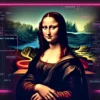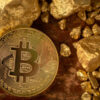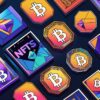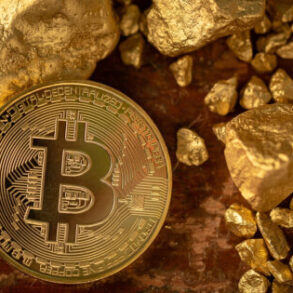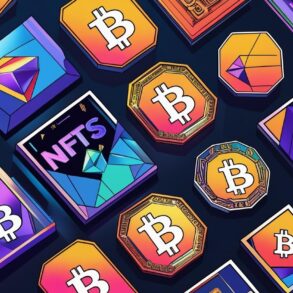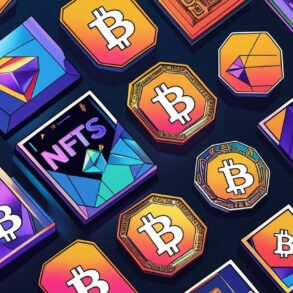(MENAFN– USA Art News)
The emergence of Non-Fungible Tokens (NFTs) in 2021 revolutionized the landscape of art and collectibles in the digital realm. As the intersection of art and technology, NFT art ushered in a new wave of creators and collectors, including artists and enthusiasts who had previously been sidelined in traditional art markets. This article provides an in-depth analysis of the evolution of NFT art in the U.S., tracing its rise, navigating its fall in popularity, and contemplating its future in a rapidly changing market.
The Rise of NFT Art
The year 2021 marked a watershed moment for the NFT art movement. Digital artists, often overlooked, found a platform that not only acknowledged their creativity but also financially rewarded them. Platforms like OpenSea, Rarible, and Foundation emerged as leading marketplaces for NFT art, allowing creators to tokenize their work securely on the blockchain. The blockchain technology behind NFTs assures authenticity, provenance, and scarcity-elements crucial to the world of art.
High-profile sales dominated headlines, placing NFT art in the collective psyche. The sale of Beeple’s“Everydays: The First 5000 Days” for a staggering $69 million at a Christie’s auction epitomized the explosive growth of the NFT art market. Such jaw-dropping figures propelled public interest and prompted various sectors-brands, celebrities, and even traditional institutions-to dive into the realm of digital art.
American artists such as Pak, XCOPY, and Trevor Jones began to gain prominence, pushing boundaries and redefining the notion of art in the digital age. Pak, known for his innovative approach to digital art, leveraged the NFT medium to create limited-edition works that captivated both collectors and cryptographers. XCOPY’s animated GIFs conveyed poignant messages wrapped in dystopian themes, establishing his unique style in the NFT space. Meanwhile, Trevor Jones combined traditional painting techniques with digital mediums, reinforcing the blend of old and new art forms.
The NFT Craze: Prosperity and Pitfalls
Despite the early successes, the NFT art market experienced a sharp downturn by late 2021 and into 2022. The speculative nature of many NFT sales contributed to an inflated market that was unsustainable in the long term. As prices for digital artworks began to plummet, speculative buyers retreated, leaving many NFT artists grappling with unsold inventory and uncertain futures.
Furthermore, issues surrounding environmental concerns regarding blockchain technology came to the forefront, particularly for Ethereum, the primary blockchain for most NFT transactions. Criticism of its proof-of-work system, which required immense computing power and energy consumption, began to weigh heavily on the public perception of NFTs.
The volatility of cryptocurrencies further compounded the challenges faced by the NFT market. As the broader crypto market experienced significant downturns, the connection between NFT prices and cryptocurrency valuations became apparent. In 2022, many collectors found themselves disillusioned, leading to what many termed a“bear market” in the NFT space.
The Current State of the NFT Art Market
As of 2023, the NFT art industry faces a complex reality. While some residual interest persists, there is a clear distinction between the frenzied speculation of 2021 and the quieter, more introspective current environment. Marketplaces are beginning to pivot from exaggerated sales figures to more sustainable practices, focusing on building a community of artists and collectors diminishing from hype-driven sales.
American NFT artists are still finding innovative ways to engage with their audiences. Figures like Mike Winkelmann (Beeple) and few others continue to push the envelope, exploring narratives about digital identity and ownership, while emergent artists look to establish their footing amidst a saturated landscape.
Moreover, several platforms have introduced initiatives to support new talent and promote artistic expression rather than simply prioritizing profit. Platforms like SuperRare and Nifty Gateway now champion curated collections, ensuring a blend of quality art and collector engagement.
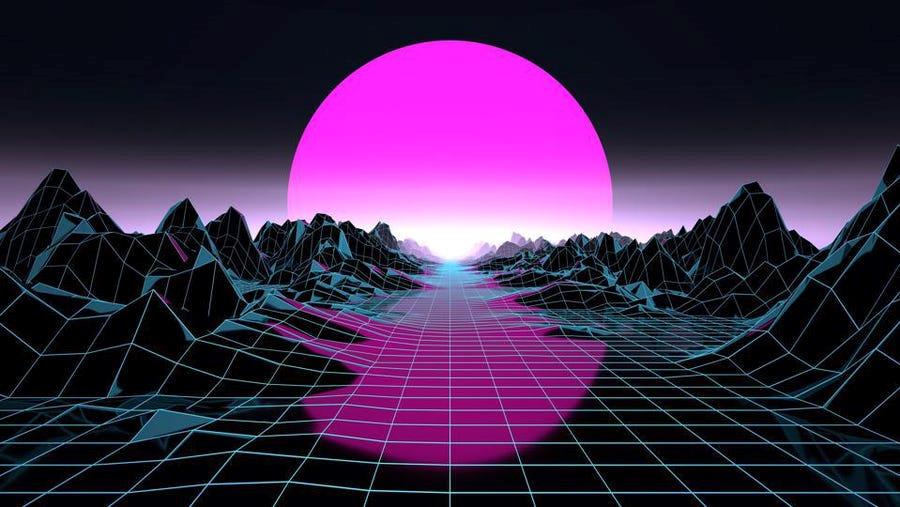
The Future of NFT Art in the U.S.
While the turbulent waters of the NFT art market may present challenges, opportunities for growth and renewal abound. The emergence of Web3 technologies promises to reshape the concept of digital ownership, enabling artists to maintain control over their work and earnings through smart contracts on blockchains. As creators embrace collaborative practices, the NFT world becomes a realm not just of individual expression, but of communal experiences.
Furthermore, there is a growing recognition of the need for cross-disciplinary approaches, where artists merge their work with other sectors-music, games, and virtual reality-creating integrated experiences that resonate with a more extensive audience. This composite medium can evolve the definition of NFT art, propelling it to venues such as virtual galleries, interactive installations, and even educational platforms teaching digital literacy about ownership and ownership rights.
As the future landscape unfolds, the concept of digital collectibles might not diminish but evolve into long-term investments. Just as physical art experienced fluctuations across cycles, NFT art could stabilize as a recognized and respected form of cultural output. Education around digital assets is essential to mitigate risks and encourage thoughtful participation in this innovative marketplace. Educational institutions and organizations may step in to provide frameworks for understanding blockchain and NFT ecosystems, contributing to a more informed generation of artists and collectors.
The journey of NFT art has encountered peaks of extraordinary heights and valleys of introspection, leaving many to wonder about its longevity. With pronounced shifts in both technology and cultural consumption, its future hinges upon the ability of NFT artists, marketplaces, and collectors to navigate this new terrain. Though the frenzy of 2021 may not return, a more mature, community-driven market appears on the horizon. As digital assets gain recognition and value, NFT art-rooted in innovation and creativity-could very well redefine ownership and engagement in the artistic realm, paving the way for countless artists to thrive.
MENAFN22092024005694012507ID1108702107
Legal Disclaimer:
MENAFN provides the information “as is” without warranty of any kind. We do not accept any responsibility or liability for the accuracy, content, images, videos, licenses, completeness, legality, or reliability of the information contained in this article. If you have any complaints or copyright issues related to this article, kindly contact the provider above.
This post was originally published on this site be sure to check out more of their content

